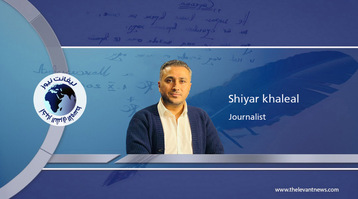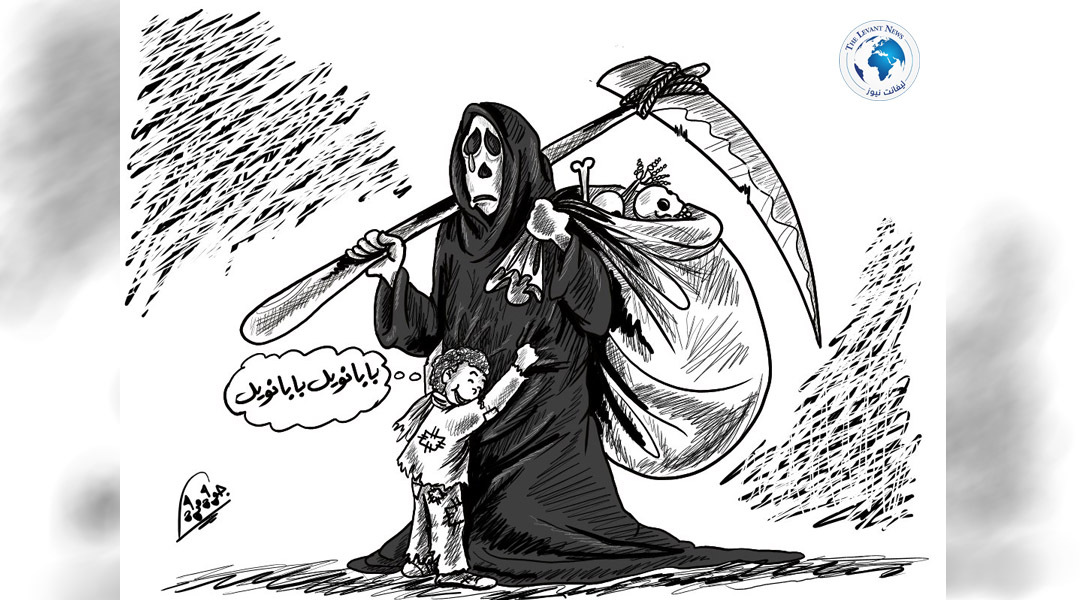-
The Iranian regime is in an internal crisis… and tightening its grip on external arms

Today, the Iranian regime finds itself at one of the most complicated moments in its history. As its internal crises deepen, its reliance on its regional arms in Iraq, Lebanon, and Yemen increases. This policy, which constitutes the backbone of Supreme Leader Ali Khamenei’s strategy, reveals that Tehran is no longer able to face its internal challenges without leaning on its militias and proxies in the region.
A suffocating internal dilemma represents the greatest threat to the regime today: the potential activation of the “Snapback” mechanism by France, Britain, and Germany if nuclear negotiations fail by the end of August. This possibility would bring the regime back to Chapter Seven of the UN Charter, posing a threat to international peace and security, and subjecting it to severe military and economic sanctions.
The Iranian foreign minister himself acknowledged the seriousness of this scenario, stating that re-imposing sanctions on weapons would be a “major loss” and would create “strategic and legal problems” for the regime. Simultaneously, internal contradictions in Tehran are escalating: one faction advocates for negotiations to avoid suffocation, while another fears that concessions threaten the very existence of the regime itself.
Alongside the international threats, the regime fears an explosion of unrest within Iran, where crises in electricity, water, and inflation are worsening. Iranian President Ebrahim Raisi’s admission that “everything is forced” reflects the regime’s inability to offer any real solutions. In an attempt to suppress popular uprisings, the regime carried out 93 executions in just two weeks, making the social situation more liable to explode.
The external arms… a lifeline for the regime amid these crises, Khamenei is repositioning Iran’s external strategy on three main fronts: Iraq, Lebanon, and Yemen. Alireza Larijani’s recent visit to Baghdad and Beirut aims to reinforce Iran’s influence and unify militias loyal to Tehran.
Iraq serves as both a pressure card and a means to bypass sanctions. The regime aims to prevent Iraqi airspace from being used in any attacks against it, in addition to opening Iraq’s territory for intelligence and military operations. The security agreement Larijani signed with the Iraqi government has raised American concerns, especially since Tehran seeks to use Baghdad to evade sanctions, obtain dollars, and open oil export channels through fake companies.
Khamenei is also pushing to unify Popular Mobilization Forces (PMF) and militias loyal to Iran in preparation for upcoming elections, aiming to ensure their control over key state institutions. However, US pressures and opposition from Iraqi nationalist forces have weakened Iran’s influence in Baghdad compared to previous years.
Lebanon’s Hezbollah weapons issue remains one of Khamenei’s most critical concerns: preventing the disarmament of Hezbollah, which acts as a strategic shield for the regime. Reports suggest Tehran, through the Revolutionary Guards, plans to create security chaos in Lebanon, including hiring gangs to attack foreign centers or target Syrian leaders and falsely blame other parties, aiming to promote the idea that disarming Hezbollah would lead to security collapse.
However, regional conditions have changed. Iranian influence in Lebanon is no longer what it used to be, and Lebanese leadership has become more explicit in rejecting Iranian interference. Lebanese President Michel Aoun’s statement to “Al-Arabiya” that “our message to Iran is clear: do not interfere in Lebanese affairs,” reflects this shift.
In Yemen, the most cost-effective and beneficial front, the Houthis remain an efficient and inexpensive tool for Tehran. The shipment of massive quantities of missiles and equipment—around 750 tons recently—demonstrates Iran’s insistence on keeping this front burning. But the internationally recognized legitimate government offers a real opportunity to reduce the influence of the Revolutionary Guards if it receives sustained political and military support.
The facts confirm that internal weakness makes the regime more aggressive externally. The primary solution remains change within Iran through the people and the Iranian resistance. But regionally, necessary steps include:
- Exposing Tehran’s plots politically and through the media.
- Supporting Iraqi national forces to confront the Popular Mobilization Forces.
- Disarming Hezbollah as a Lebanese demand and regional necessity.
- Strengthening the stance of the legitimate Yemeni government to cut off the Revolutionary Guards’ involvement there.
Hezbollah, the Popular Mobilization, and the Houthis have only served Khamenei’s interests at the expense of their peoples. Disarming them would effectively cut off the arteries of the Iranian project in the region.
By: Rola Al-Qat
Yemeni Writer and Researcher
Tags
You May Also Like
Popular Posts
Caricature
opinion
Report
ads
Newsletter
Subscribe to our mailing list to get the new updates!




















